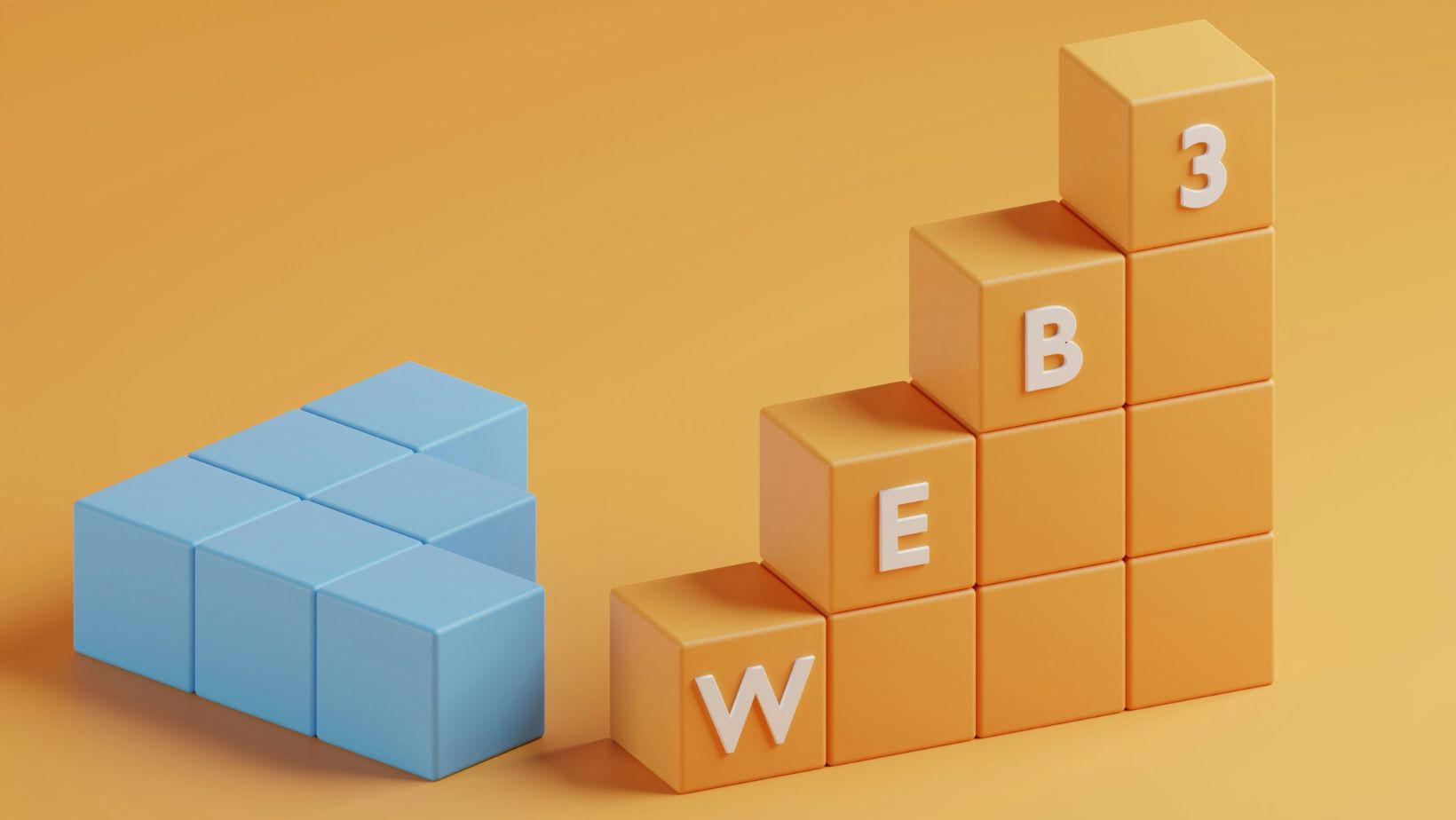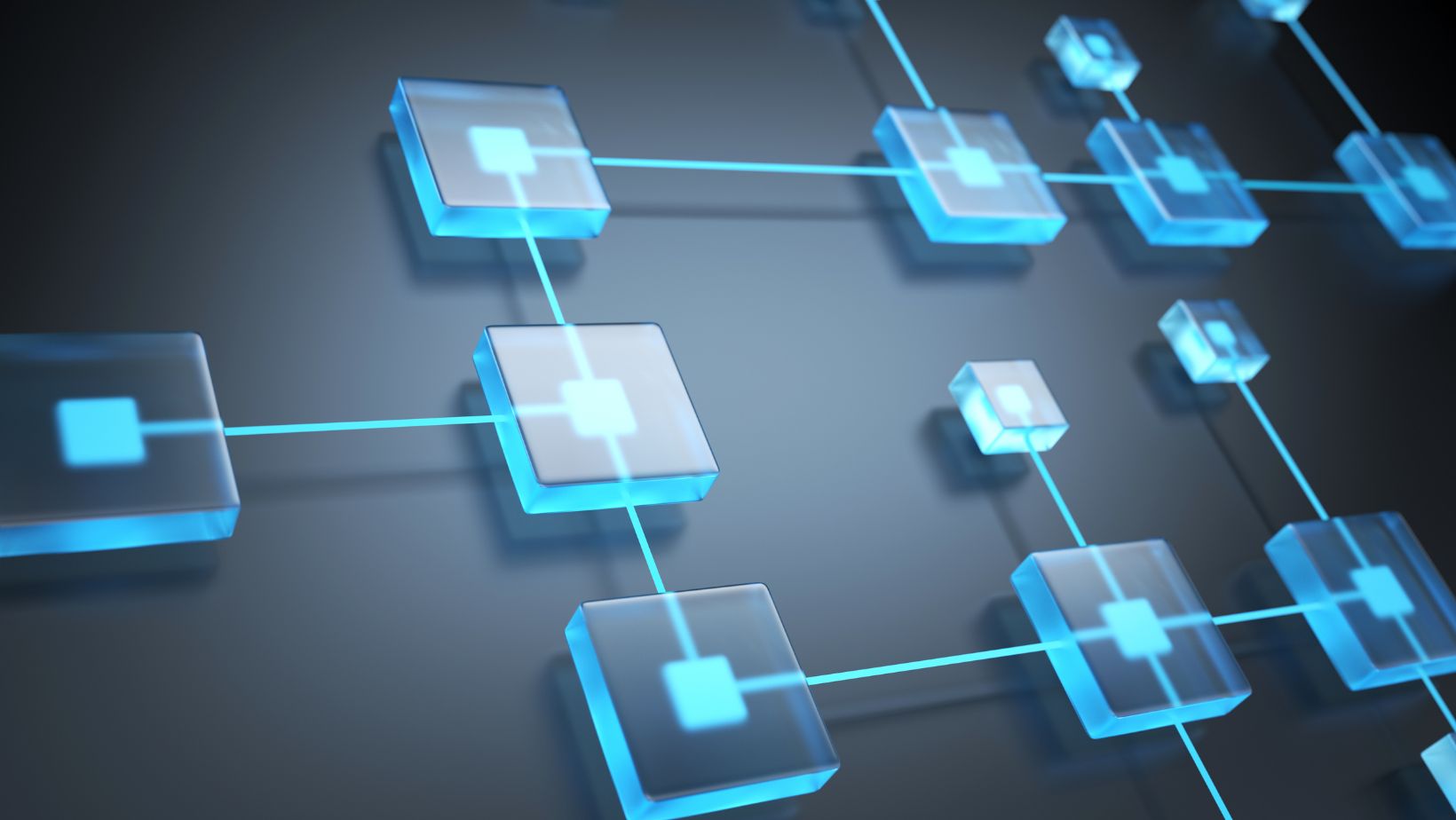
Officially launched at the same time as the fourth Bitcoin halving, April 21, 2024, the Runes Protocol represents an innovation in the blockchain ecosystem as it advances a new token standard designed by Casey Rodarmor, the creator of Ordinals. While Runes has indeed created excitement within the cryptocurrency community, adoption remains uncertain. Be that as it may, these fungible tokens create additional utility on the Bitcoin network by allowing for the creation of NFTs designed with a better experience in mind. Let’s just see where this goes. The Runes Protocol could “make Bitcoin fun again,” as Casey Rodarmor puts it.
It’s Based On The UTXO Model That Uses OP_RETURN Data Fields
The popularity of BRC-20 tokens, essentially Ordinals inscribed with standardized data, has created “junk” UTXOs that can congest the network and affect user experience, therefore motivating well-known Bitcoin developer Casey Rodarmor to create a dedicated, fungible token standard. Runes ensures a balanced approach, distributing bits of data in UTXOs using OP_RETURN, a script opcode that marks transaction output invalid, so they become unspendable. The OP_RETURN is somewhat like a manual: it informs the network about the Rune’s name, symbol, and quantity.
Transactions are marked in protocol messages using the OP_RETURN succeeded by a data push, which specifies actions to perform, such as transferring or splitting. Users can transfer multiple tokens in a single Rune transaction. Nevertheless, to preserve the system’s integrity, transactions have a built-in mechanism to eliminate poorly formed Runes, so if there are errors or invalid instructions, it will remove the corresponding tokens from circulation.
In spite of the risks, Runes maintains a medium cost profile and is recommended for users seeking a balance between economy and performance.
Runes Integrates Well With The Native Bitcoin Architecture
Since Runes capitalizes on cryptographic techniques and the attributes of the Bitcoin blockchain to provide users a more efficient way of creating fungible tokens, the protocol aligns with Bitcoin’s original architecture and guarantees more granular transaction control. The complexity of the Bitcoin architecture arises from its objectives – to have no single point of control and to be highly secure and anonymous. Runes is compatible with the Lightning Network, which translates into the fact that it has the potential to facilitate new forms of DeFi, penetrating new demographics and reaching a wider pool of users.
Blockchain Bloat Is Out Of The Question
As opposed to its predecessors, the Runes Protocol promises an optimized on-chain footprint by ensuring the tokens don’t contribute to blockchain bloat, a serious concern for Bitcoin’s scalability.
Bloat can make it difficult, if not impossible, for individual users or small-scale participants to afford the storage/computational resources necessary to maintain full nodes. Instead of introducing new data structures or complex mechanisms, Runes works within the existing framework. This helps keep the blockchain lean and efficient. By making available a more streamlined way of creating digital assets, Runes can accelerate tokenization on Bitcoin.
Runes And Ethereum NFTs Operate On Fundamentally Different Principles
Runes are much like dollar bills when it comes to fungibility, but they can be numbered in a sequence, thus establishing a gray area between being fungible and non-fungible. In contrast to Runes, Ethereum NFTs are valued differently based on their unique attributes and scarcity. Most of them link to a JPEG hosted off-chain, so if something goes wrong, the linked image is lost. Ethereum’s smart contract functionality enables complex logic and interactions within NFTs, empowering royalties, auctions, and more. You can buy your first digital collectible at https://magiceden.io/ethereum (you can conveniently access it from anywhere via an Internet connection).
As discussed earlier, Ethereum tokens are non-fungible and created from metadata via an encryption function, meaning they can’t be substituted interchangeably. You can display and sell your possessions on marketplaces such as Magic Eden, and a wallet is usually necessary to pay the related fees. Many specialized Runes marketplaces have surfaced since the first tokens emerged in existence. Plus, several NFT marketplaces have added support for Runes on account of the growing demand, so you can trade rune-themed artwork, virtual currency, virtual land, and other items and resources.
Some Examples Of Tokens And Projects Created Using The Runes Protocol
In the first week after the Bitcoin halving, roughly countless Runes were etched, and users made millions of transactions. The creation of new tokens entails setting specific attributes, such as name, divisibility, and supply.
The records of these features are available via a Runestone, a message stored in the transaction output. Notable tokens and projects include but aren’t limited to:
- Runestone: The NFT collection owes its birth to Leonidas, a well-known figure and NFT historian. The digital assets were airdropped without charge to collectors who met the criteria during the first year of the protocol’s existence.
- SATOSHI•NAKAMOTO: To purchase NFTs, you need a Bitcoin digital wallet and a trading market that supports Runes. Similar to the BRC-20 process, you can view transaction records under Order.
- RISC•GENESIS•RUNE: It’s the first Pre-Rune airdropped to early adopters of Ordinals. Its 21 million token supply pays homage to Bitcoin’s famous hard cap.
Your Guide To Key Words And Terms
- Etch: Etching creates a new Rune and determines its properties. It requires inscribing a file, which can be anything. The progress can be observed in Bitcoin’s mempool.
- Spacer: Represented as a bullet, the spacer enhances readability, but the uniqueness of the name doesn’t depend on the spacer. Spacers don’t count as text.
- Rune number: Runes are assigned a unique serial number based on the order in which they were created. By way of illustration, the first Rune to be etched is called Rune 0. A unique ID identifies each token and provides information about its current output and amount.
- Mint: Minting is what users do when buying a token via the initial ICO. Put simply, it’s the process of claiming a Rune. The only costs involved are the fees that go to Bitcoin miners.
- Edict: Runes may contain any number of edicts, which encompass an ID, an amount, and an output number. It’s possible to create custom transactions. E.g., you can send Runes from one address to several other addresses in just one transaction.
- Cenotaph: Malformed tokens are referred to as cenotaphs. These Runes are included in a cenotaph transaction to be destroyed without causing confusion to users.




